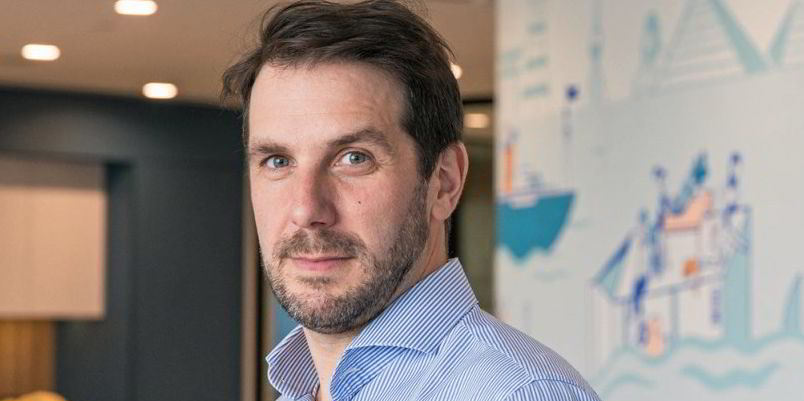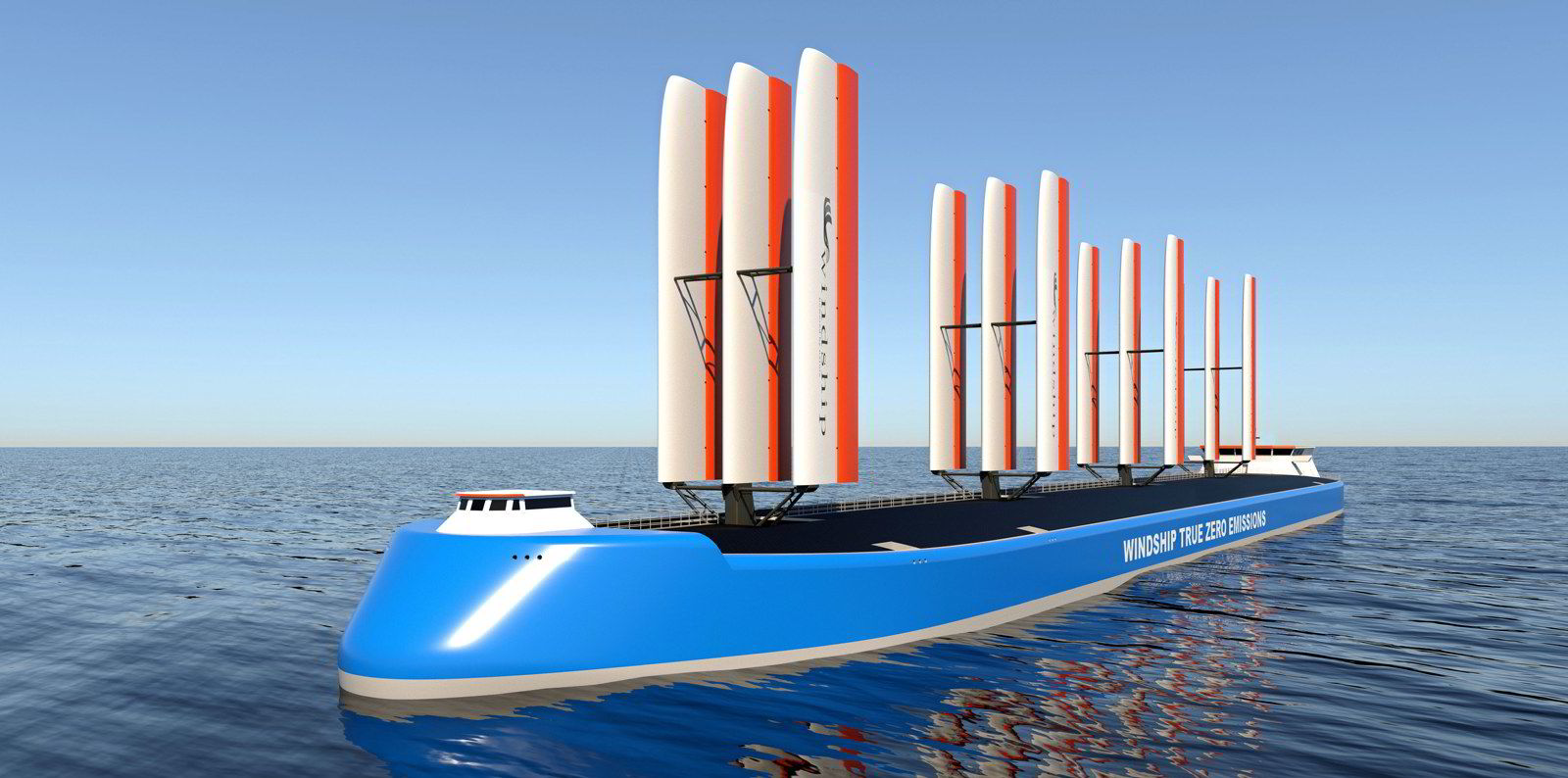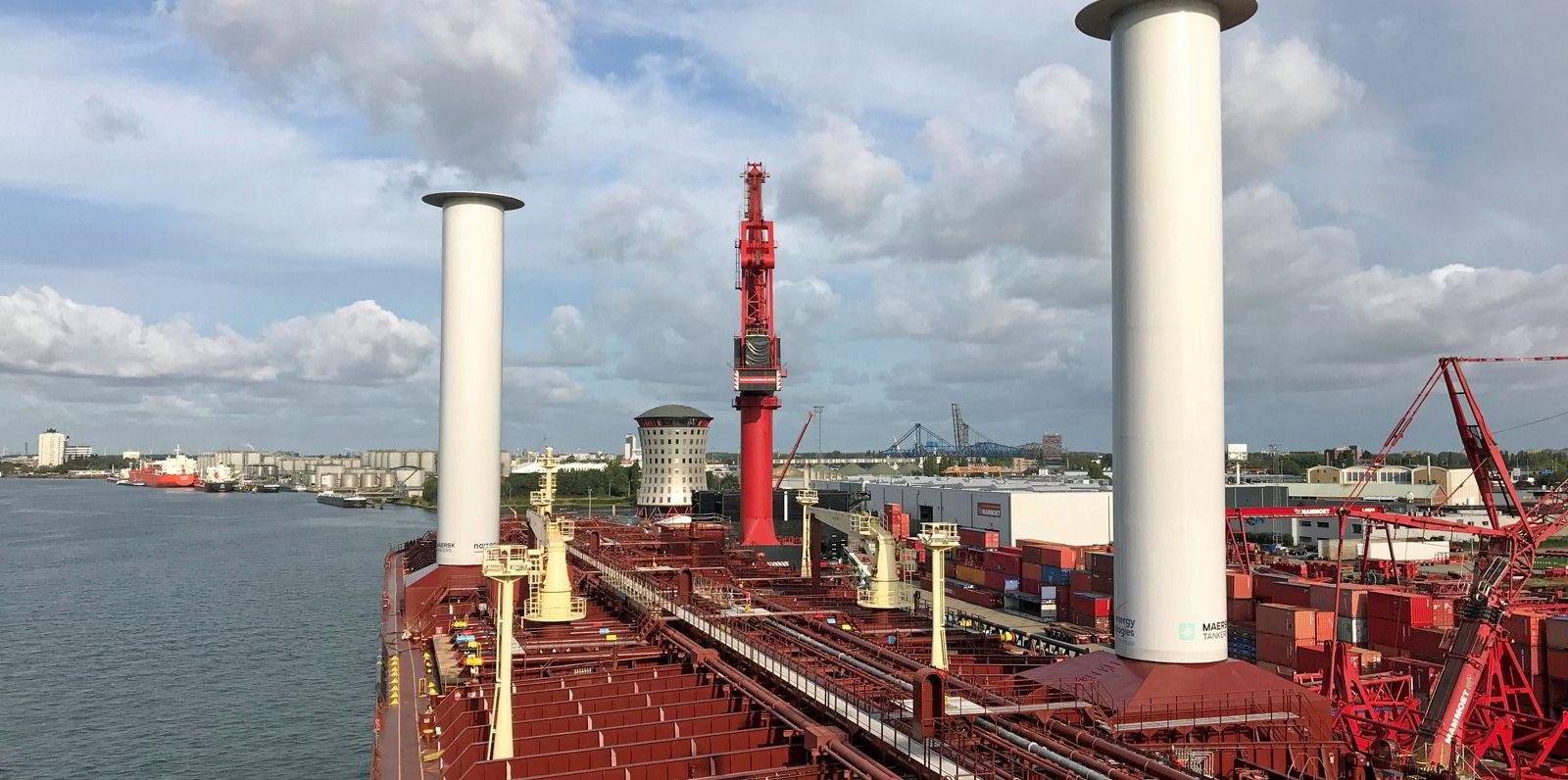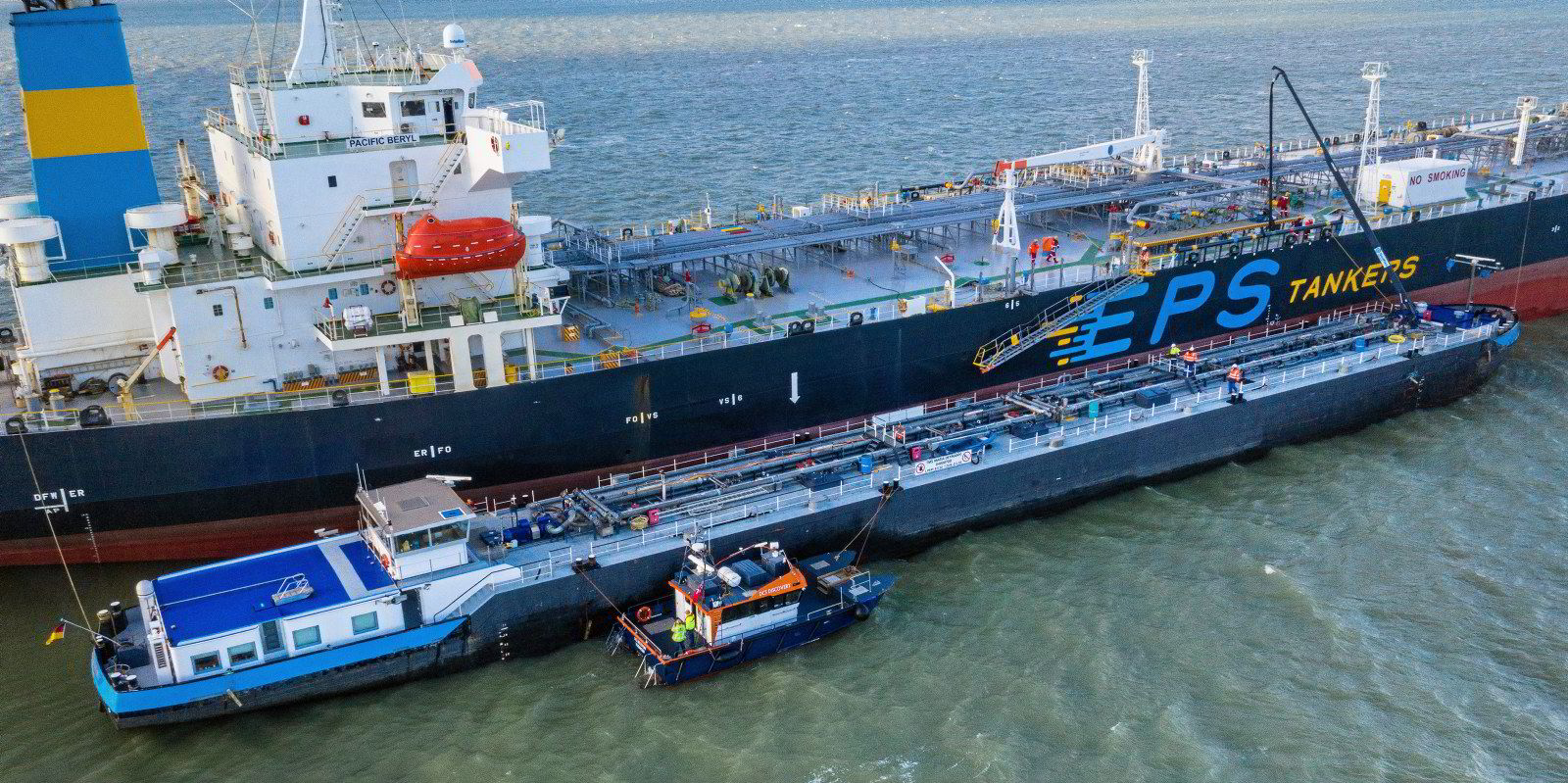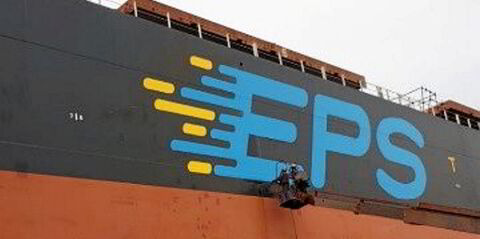A biofuel test on an Eastern Pacific Shipping MR tanker has revealed a substantial drop in carbon emissions, but higher consumption.
Speaking at an International Maritime Organization symposium on biofuel, chief executive Cyril Ducau described the cross-Atlantic trial on the 47,400-dwt Pacific Beryl (built 2010) as a success.
No operational issues were encountered and the whole 254-tonne stem of 100% biofuel from Dutch producer GoodFuels was consumed without interruption over 11 days.
"Engine performance was good," Ducau added. "I'm very happy to say it works."
Bunker use higher
Consumption of the fuel, made from domestic waste, was 10% higher than very-low sulphur fuel oil (VLSFO), due to the biofuel's higher viscosity, he said.
But CO2 emissions were cut by 69 tonnes per day.
VLSFO was used for some auxiliary engines, but net emissions were still "marginal".
Questions remain over the quantity of the fuel available and its price, he said.
But Ducau said the product is ready to use now: "There is no perfect solution. We should not let the perfect be the enemy of the good."
Eastern Pacific has looked at many solutions to cut its carbon footprint, including LNG, LPG, methanol and ethane.
Cannot predict the future
Ducau said the company is not qualified to conclude what will happen in the future with ammonia and hydrogen.
But it is looking at "what we can do for the environment today, given operational and commercial limitations".
"We are ahead of the IMO's targets for 2023, 2030 and 2050. We can act today and have an impact today and be ahead of the curve," he said.
